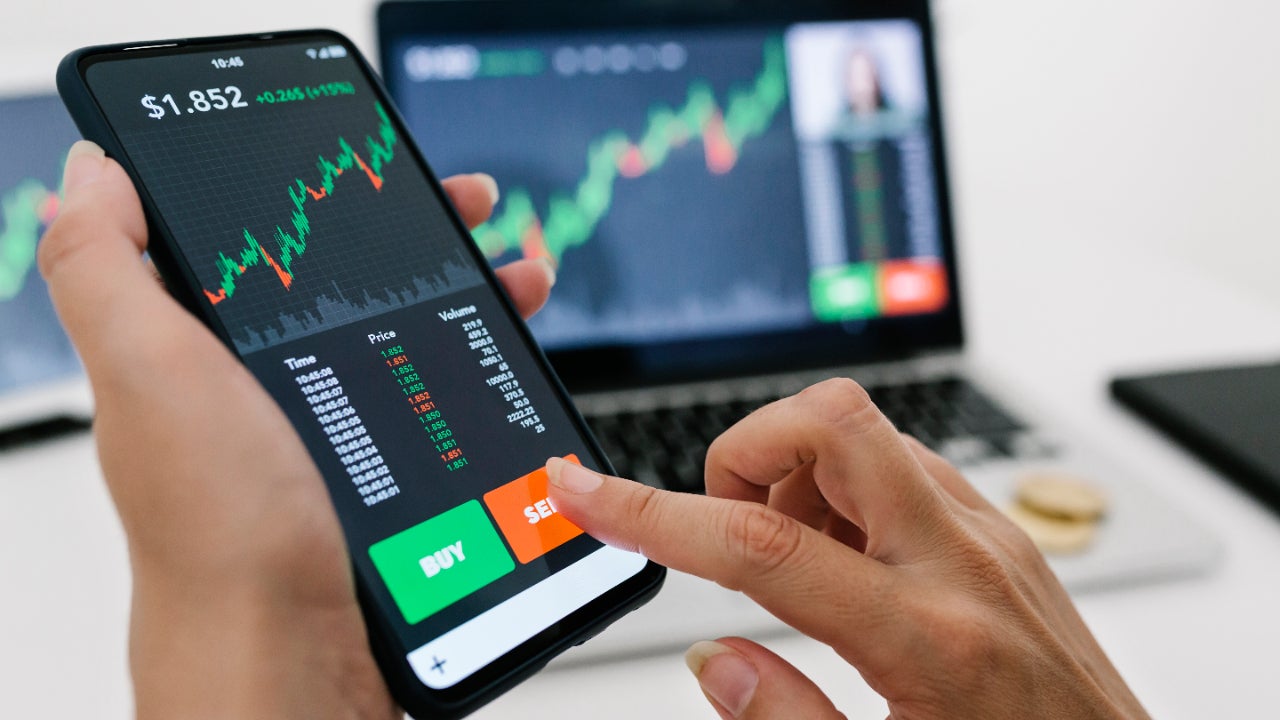Common scams associated with money exchange

Money exchange scams range from crude to clever. While seasoned travelers know to avoid the currency exchanger lurking outside the airport, modern scams often appear perfectly legitimate at first glance. From rigged calculators that silently skim five percent off exchanges to point-of-sale systems that charge hidden conversion fees, today’s currency scams combine old tricks with new technology.
Even experienced international travelers can get caught off guard. A tourist in Bali loses hundreds when a seemingly professional exchange office uses sleight of hand during counting. A business traveler in London pays extra fees without realizing it by choosing dollars instead of pounds at checkout. While the tactics evolve, most currency scams still rely on the same thing: rushing travelers into decisions before they can spot the warning signs.
Common money exchange scams
The most persistent currency or money transfer scams succeed because they’re simple. A money changer approaches offering “special rates” but delivers counterfeit bills. An exchange office distracts customers while counting to pocket some bills. These basic deceptions continue working because they target travelers at their most vulnerable — tired, rushed and dealing with unfamiliar currency.
The street money changer
Legitimate currency exchange never happens on street corners. According to the Commodity Futures Trading Commission (CFTC), unlicensed money changers often use high-pressure tactics to rush transactions. They might claim their rate is “only good for the next hour” or insist you need to exchange immediately. These are clear warning signs — no reputable exchange service uses such aggressive sales tactics.
Sleight-of-hand tactics
Exchange office scams often rely on basic misdirection. The counter agent counts your money clearly, then creates a distraction — dropping bills, answering a phone or asking a colleague a question. During this moment of confusion, they remove some bills from the stack. By the time you count your money elsewhere, they’ve disappeared with your cash.
The “helpful” stranger
This money transfer scam starts with someone approaching you near banks or tourist areas, offering to “help” with exchanges or show you where to get the best rates. While some Good Samaritans exist, anyone actively offering to assist with financial transactions likely has ulterior motives. Real bank employees don’t solicit customers outside their branches.
Modern money exchange scams
Currency scams have gone digital, but their goals remain the same. Today’s scammers use technology to make their operations appear more legitimate while hiding fees and unfair rates behind complex calculations and technical jargon.
Dynamic currency conversion traps
Many card payment terminals abroad offer to charge you in your home currency (often labeled as dynamic currency conversion) instead of local money. While this seems helpful, choosing dollars over local currency typically means paying three to five percent more through hidden conversion fees. The machine might show you the dollar amount, but it won’t display the marked-up exchange rate being used.
Digital deception
Some exchange offices use calculators or computer systems rigged to display incorrect totals. These might shave five to 10 percent off the actual exchange rate while showing numbers that appear correct. Always verify calculations on your own device and research current exchange rates before starting any transaction.
How to exchange money safely
Protecting yourself from exchange scams starts with preparation. Before traveling, understand your destination’s currency and identify legitimate exchange options.
Before you travel
Before traveling, you should research current exchange rates, locate bank branches near your destination, notify your bank of travel plans and consider exchanging money before departure.
At your destination
Legitimate currency exchanges share common characteristics:
- Permanent physical locations, usually in banks or established businesses
- Clearly displayed exchange rates
- Proper licenses and registrations visible
- Professional staff who don’t rush transactions
- Detailed receipts for all exchanges
Digital payment safety abroad
Understanding digital payments abroad means knowing what happens behind the scenes. When your card reader asks whether you want to pay in dollars or local currency, it’s not just about convenience — it’s about who controls the exchange rate. Local banks typically offer better rates than tourist-area merchants, which is why paying in the local currency almost always saves you money.
Payment terminal tips
Many travelers facing a card terminal choose dollars simply because it feels safer — at least you know what you’re spending, right? But this comfort comes at a cost. When you select dollars, the merchant’s bank handles the conversion using its own rates and fees. Let your home bank handle the exchange by paying in local currency, and you’ll typically save three to five percent on every purchase.
ATM strategy
Banking machines abroad offer another choice: accepting the machine’s conversion rate or letting your home bank handle it. Just like with card payments, choosing your home bank’s rate usually gives you a better deal. Some key safety tips:
- Use bank ATMs, not standalone machines
- Withdraw during business hours when possible
- Check for card skimmers before inserting your card (look for loose or unusually bulky card terminals, glue or tape residue, or anything hanging from the slot)
- Shield the keypad when entering your PIN
Red flags to watch for
Experience shows certain behaviors almost always signal a scam in progress. Watch out when someone:
- Offers to exchange money outside an official location
- Claims their rate is “special” or “limited time only”
- Rushes you through counting or verification
The leverage trap
Foreign exchange scammers often use sophisticated language about leverage or guaranteed returns to appear legitimate. The Commodity Futures Trading Commission warns that these scams typically promise huge profits from small investments — like turning $5,000 into “tens of thousands” in just weeks. While legitimate foreign exchange (forex) trading exists, any promise of quick, guaranteed profits signals fraud.
Real currency traders understand market risks and never guarantee returns. If someone claims they can multiply your money through special forex trading strategies while eliminating risk, they’re likely running a scam. The money often disappears entirely, never actually reaching any trading platform.
Watch for these additional warning signs:
- Asking for any personal banking details
- Insisting on unusual payment methods
- Pressuring you to decide immediately
Protecting yourself from exchange scams
Smart travelers know that avoiding scams means planning ahead. Before traveling to a new country, research typical exchange rates so you recognize unrealistic offers. Banks and legitimate exchange services might vary by a few percentage points, but anyone offering rates 10 to 15 percent better than market rates likely has something to hide.
Research and planning
Learning about your destination’s currency helps you spot problems quickly. Find answers to the following questions:
- What do genuine bills look like and feel like?
- Which banks operate in your destination?
- Where are the legitimate exchange offices located?
- What are current market exchange rates?
Documentation matters
When exchanging currency, maintain thorough records by photographing serial numbers of large bills and saving all receipts. Document the location and time of each exchange, and when possible, take photos of exchange office licenses for additional security.
Emergency situations
Even careful travelers sometimes need emergency currency exchange or money transfers. If you find yourself needing cash outside normal banking hours:
- Hotel exchange services offer convenience but higher rates.
- Major credit cards can provide cash advances if necessary.
- Many destinations accept U.S. dollars in emergencies.
- Western Union and similar services provide emergency money transfers.
If you discover you’ve been given counterfeit bills or been shortchanged, take the following steps:
- Report the incident to local police immediately.
- Contact your bank or credit card company.
- File a report with your embassy if abroad.
- Document everything while the details are fresh.
The bottom line
Money exchange scams work because they exploit universal traveler concerns — getting the best rate, having enough local currency and avoiding fees. While the technology behind these scams evolves, the core tactics remain surprisingly consistent. Money transfer scammers rely on rushing decisions, creating confusion and offering deals that seem just good enough to be believable.
Protecting yourself doesn’t require becoming a currency expert. Understanding basic exchange rates for your destination, working with established banks or exchange services and recognizing high-pressure tactics helps you avoid most scams. When in doubt, remember that legitimate currency exchanges never rush transactions or offer “special” rates that seem too good to be true.






